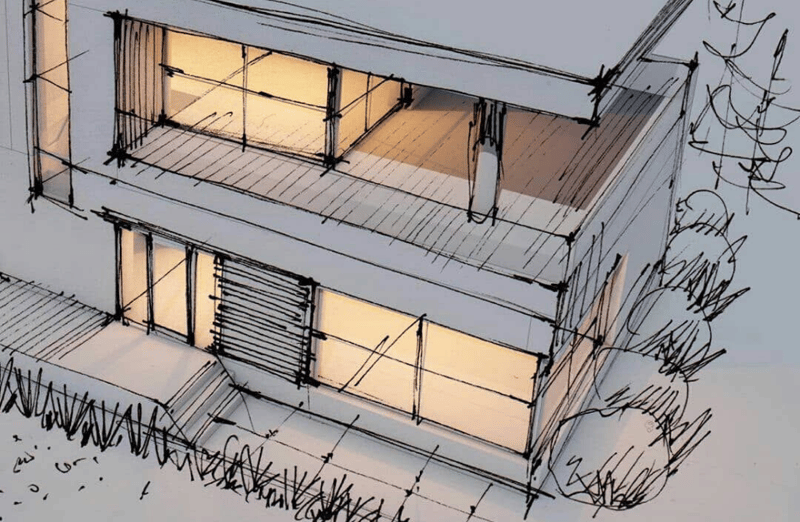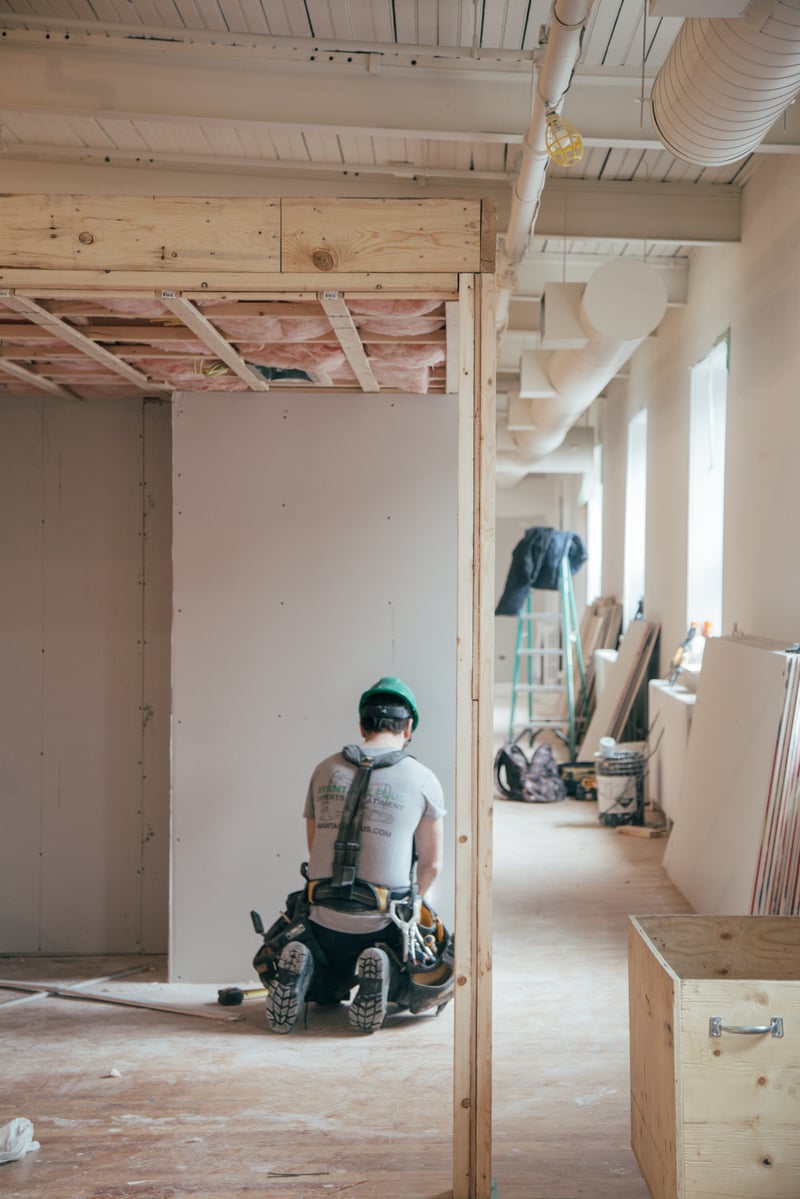2 min read
Certified Energy’s NABERS Embodied Emissions Report Service: A Comprehensive Guide
Discover how Certified Energy's NABERS Embodied Emissions Report service can help you meet sustainability goals and...

The National Australia Built Environment Rating System (NABERS) is used to measure the environmental performance of buildings, developments, homes and tenancies. Effectively, it helps measure the water usage, energy efficiency, waste management and indoor environment quality of a building, home, development or tenancy and its total impact on the surrounding environment.
A Tenancy Lighting Assessment (TLA) is used to measure the power density of the installed general lighting, as well as the lighting control systems capacity within an office space. The assessment can include both installed and proposed lighting fixtures and is based on a methodical survey of the lighting system.

Strap a rocket to your ESD Consultant's back
with this must have NABERS Checklist.
A TLA uses a methodical survey to assess both installed and proposed lighting fixtures which make up the lighting system. The output, quality or suitability of the lighting are not taken into consideration by the assessment. To complete the assessment, assessors are required to visit and inspect the building.
The TLA consists of two main components:
Since the process of conducting a NABERS assessment and/or a TLA is quite thorough and varies on a project-by-project basis, the cost of conducting the assessment can also vary greatly. Depending on the size and complexity of the project, we recommended that you contact us and obtain a quote. However, typically, NABERS ratings can range anywhere between $2000 and $7000.
As for the time it takes to conduct a NABERS assessment and/or a TLA and receive a rating, our turnaround will typically be between 5-10 business days. In light of this, if you have a deadline, let us know and we will make arrangements to meet it.
To obtain a NABERS rating, please send in your plans for quoting and if you are satisfied with the quote, we will proceed to visit the office space and produce a draft report in a timely manner. Once the draft is approved and payment is received, we will gladly issue a final certification for the project.
To obtain a TLA, please send in the following details:
In its simplest explanation, retrofitting refers to the addition of new features and technology to older houses or buildings. Examples of retrofitting strategies include:
Stakeholders and designers strive to meet sustainability goals and standards with their new build through innovative technologies, star ratings and special features. However, the thousands of builds of the 80’s, 90’s and 00’s that currently run through our cities and towns don’t meet the current sustainability targets. There are many opportunities for older homes and buildings to improve their efficiency capabilities and ratings through retrofitting procedures.


Sources:
Discover how Certified Energy's NABERS Embodied Emissions Report service can help you meet sustainability goals and...
The 2019 National Construction Code (NCC) is now imminent and if it seems like it’s been a while since the last major...
Stay ahead in the construction industry by understanding the importance of NABERS compliance for modern buildings.
FOR IMMEDIATE RELEASE
Sydney, 11 March 2025
Certified Energy is pleased to announce our...